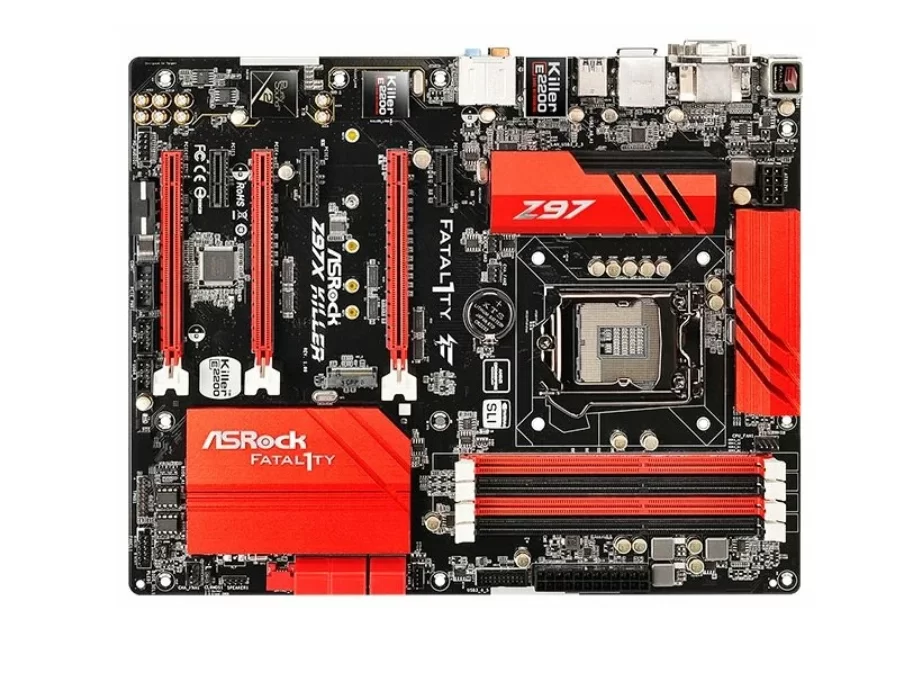
What’s the difference between 1150 and 1155 — and which is better?
Intel updates its line of processors every year. Chips are becoming more powerful, faster and more productive. Six cores, eight… It is clear that as performance increases, traditional connectivity technologies begin to become obsolete. And then the company comes up with new ones.
In particular, about once every couple of generations of Intel processors, the socket changes — the connector and the technology for connecting the chip to the motherboard. And it determines the compatibility of the chip with the rest of the computer.
The most common in the «middle consumer segment» at the moment are LGA 1150 and 1155 sockets. They are designed for four generations of the corporation’s processors — from the second to the fifth inclusive. In this material, we will figure out what is the difference between 1150 and 1155 — and what is better to choose when assembling a computer.
Socket LGA 1150

The LGA 1150 socket (also called Socket H3) was introduced in 2013 at the same time as the release of the Haswell family of processors. These chips belong to the fourth generation, which is already somewhat outdated at the moment — although it supports the I / O Port Flexibility technology, which is very important for Windows 10.
The LGA 1150 connector has 1150 pads. It supports two generations of processors — Haswell and Broadwell, and is also partially compatible with Haswell Refresh (you may need to update the BIOS to work with this chip). In addition, several models of Xeon server «stones» were produced for this connector.
The 1150 is also compatible with cooler mounting holes for all other family 11** pads. So, when upgrading from 1155, you can save on the cooling system (although it costs several of dollars, an extra shawarma is never superfluous).
So, let’s sum up.
Advantages
-
Supports energy efficient and high performance processors;
-
Leaves little room for upgrades.
Flaws
- As of 2019, a bit outdated.
In general, now it makes sense to buy motherboards for 1150 only if the computer is planned to be used for office purposes. It may also be suitable for some home systems that are not planned to play modern games or perform other resource-intensive tasks.
Socket LGA 1155

The LGA 1155 socket (also called Socket H2) was introduced in 2011 simultaneously with the release of the Sandy Bridge family of processors. These chips belong to the so-called second generation Core and are designed to perform tasks that require high performance. Well, more precisely, «high» as of 2011 — they are now hopelessly outdated.
LGA 1155 is equipped, as the name implies, with 1155 pads. It supports two generations of corporate pros — Sandy Bridge and Ivy Bridge. However, it is not compatible with chipsets that support USB 3.0 and I / O Port Flexibility, so motherboards on this connector work with the Windows 10 operating system to a limited extent. That is, manufacturers of «motherboards» must independently solve the problems of compatibility of chipsets and peripheral equipment.
Since the 1155 is part of the 11** family, the cooling system does not need to be changed when switching from one motherboard to another.
So, let’s sum up.
Advantages
- Comparatively low price at the moment.
Flaws
-
Hopelessly outdated;
-
Not compatible with chipsets that support modern technologies for working with peripheral devices.
Overall, buying the 1155 in 2019 is strongly discouraged. The performance of a computer on a motherboard with such a connector will be too low even for office purposes. But, if you really want to save money, then you can buy such a device.
Which is better — 1150 or 1155?
So, at the moment, 1155 is hopelessly outdated, and 1150 is simply outdated. Therefore, it is self-evident that when choosing between these two sockets, it is better to take 1150.
Comparison:
|
|
|
|
|
Number of pads
|
1150
|
1155
|
|
Support for Intel Core processor families
|
Haswell, Broadwell, Haswell Refresh with BIOS flashing
|
Ivy Bridge, Sandy Bridge
|
It is better to refuse to buy anything at 1155. Only 1150 or more recent variants — 1151 or 2066.
In favor of the 1150 is also the fact that since the fourth generation, Intel chips have been equipped with a high-performance integrated graphics accelerator — HD Graphics. In particular, on the Haswell family, this is 4600. It provides sufficient performance even for some more or less modern (at the time of release) games, as well as high-resolution monitors — Full HD with a refresh rate of 60 frames per second.
Finally, Haswell and Broadwell are some of the best proprietary chip families. They combine low price, average heat dissipation and adequate performance for office and home computers. And they work, respectively, only with 1150.
And also installing the Windows 10 operating system on 1155 can be quite difficult. It is desirable that the manufacturer integrate deep support for external media and devices for this. And not every vendor will bother like that.
And, in the end, why in 2019 buy the hardware that was introduced in 2011?
Добавить комментарий
Для отправки комментария вам необходимо авторизоваться.